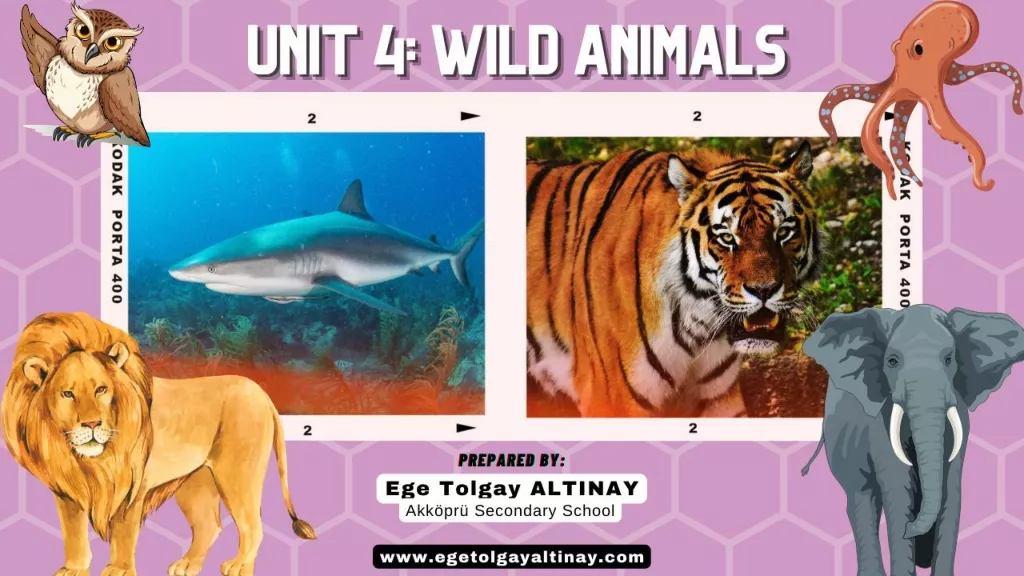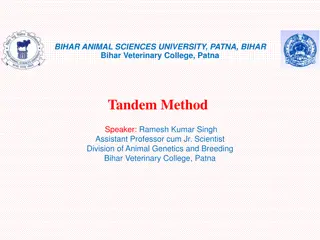Fascinating World of Mollusks: Traits and Habitats
Delve into the diverse world of mollusks, including snails, slugs, oysters, clams, octopuses, and squids. Learn about their soft-bodied nature, distinctive body plan, and varied habitats from marine to terrestrial. Discover how humans utilize mollusks for food and materials while also facing challenges with mollusk pests.
Download Presentation

Please find below an Image/Link to download the presentation.
The content on the website is provided AS IS for your information and personal use only. It may not be sold, licensed, or shared on other websites without obtaining consent from the author.If you encounter any issues during the download, it is possible that the publisher has removed the file from their server.
You are allowed to download the files provided on this website for personal or commercial use, subject to the condition that they are used lawfully. All files are the property of their respective owners.
The content on the website is provided AS IS for your information and personal use only. It may not be sold, licensed, or shared on other websites without obtaining consent from the author.
E N D
Presentation Transcript
Phylum Mollusca Includes snails and slugs, oysters and clams, and octopuses and squids. Bivalves Nautilus
Characteristics Soft-bodied invertebrate Covered with protective mantle that may or may not form a hard, calcium carbonate shell Second largest animal phylum Have a muscular foot for movement which is modified into tentacles for squid & octopus
Characteristics Complete, one-way digestive tract with a mouth & anus Have a fully-lined coelom Cephalization - have a distinct head with sense organs & brain Have a scraping, mouth-like structure called the radula Go through free-swimming larval stage called trochophore
Phylum Mollusca Most mollusks are marine Some gastropods and bivalves inhabit freshwater A few gastropods (slugs & snails) are terrestrial.
Humans & Mollusks Uses: As food mussels, clams, oysters, abalone, calamari (squid), octopus, escargot (snails), etc. Pearls formed in oysters and clams. Shiny inner layer of some shells used to make buttons.
Mollusk Pests Shipworms burrow through wood, including docks & ships. Terrestrial snails and slugs damage garden plants. Mollusks serve as an intermediate host for many parasites. Zebra mussels accidentally introduced into the Great Lakes and reeking havoc with the ecosystem.
Mollusk Body Plan All mollusks have a similar body plan with three main parts: 1. Muscular foot 2. Visceral mass containing digestive, circulatory, respiratory and reproductive organs. 3. Mantle houses the gills and in some secretes a protective shell over the visceral mass.
Mollusk Body Plan Most mollusks have separate sexes with gonads located in the visceral mass.
Head-Foot Region Most mollusks have well developed head ends with sensory structures that may be simple light detectors or complex eyes (cephalopods).
Head-Foot Region The radula is a rasping, tongue like feeding structure found in most mollusks except bivalves. Has tiny rows of teeth for scraping.
Shells Found in snails, bivalve mollusks, chitons, and nautilus Made of calcium carbonate (limestone) Secreted by the mantle
Internal Structure & Function Many mollusks have an open circulatory system with a pumping heart, blood vessels and blood sinuses. Most cephalopods (squid & octopus) have a closed circulatory system with a heart, blood vessels and capillaries.
Mantle Cavity The space between the mantle and the visceral mass (body organs) is called the mantle cavity. The respiratory organs (gills or lungs) are generally housed here.
Mollusk Life Cycle Most mollusks are dioecious (separate sexes) Some are hermaphroditic The life cycle of many mollusks includes a free swimming, ciliated larval stage called a TROCHOPHORE
Major Mollusk Classes Four major classes of mollusks: Class Polyplacophora the chitons Class Gastropoda snails & slugs Class Bivalvia clams, mussels, oysters Class Cephalopoda octopus & squid
Class Polyplacophora Includes the chitons Eight overlapping plates Can roll up Live mostly in the rocky intertidal zones. Use radula to scrape algae off rocks. Water flows over gills to respire
Class Scaphopoda Includes the tusk shells. Found in subtidal zone to 6000 m deep. Mantle wraps around visceral mass and is fused, forming a tube.
Class Gastropoda Gastropoda is the largest of the mollusk classes. 70,000 named species. Include snails, slugs, sea hares, sea slugs, sea butterflies. Marine, freshwater, terrestrial. Slugs lack a shell!
Class Gastropoda The shell of a gastropod is always one piece univalve and may be coiled or uncoiled. The apex contains the oldest and smallest whorl. Shells may coil to the right or left this is genetically controlled.
Class Gastropoda Many snails can withdraw into the shell and close it off with a horny operculum.
Gastropod Feeding Habits Most gastropods are herbivores and feed by scraping off algae using the radula. Some are scavengers of dead organisms Others are carnivores that drill into other mollusks
Class Bivalvia Bivalve mollusks have two shells (valves). Mussels, clams, oysters, scallops, shipworms. Mostly sessile filter feeders. No head or radula.
Class Bivalvia Laterally (right-left) compressed shell Shells are held together by a hinge ligament Umbo is the oldest part of the shell Growth occurs in concentric rings around it.
Class Bivalvia Incurrent and excurrent siphons are used to pump water through the organism for: 1. Gas exchange 2. Filter feeding 3. Jet propulsion.
Class Bivalvia - Locomotion Bivalves move around by extending the muscular foot between the shells. Scallops and file shells swim by clapping their shells together to create jet propulsion. http://www.youtube.com/watch?v=u_RfgvIETEY&feature=related http://www.youtube.com/watch?v=vmi_I8QW5eo
Class Bivalvia Like other mollusks, bivalves have a coelom and an open circulatory system. They breathe through gills and filter feed
Class Bivalvia Scallops have a row of small blue eyes along the mantle edge. Each eye has a cornea, lens, retina, and pigmented layer.
Class Cephalopoda Cephalopods include octopuses, squid, nautiluses and cuttlefish. Marine carnivores with beak-like jaws Surrounded by tentacles modified from their foot.
Class Cephalopoda - Shells Shells of the Nautilus are made buoyant by a series of gas chambers.
Class Cephalopoda - Shells Cuttlefish have a small curved shell, completely enclosed by the mantle.
Class Cephalopoda - Shells In squid, the shell has been reduced to a small strip called the pen, which is enclosed in the mantle.
Class Cephalopoda - Locomotion Cephalopods swim by expelling water from the mantle cavity through a ventral funnel.
Class Cephalopoda Most cephalopods have complex eyes with cornea, lens, chambers, and retina. Largest invertebrate brain Closed circulation
Protection Color changes effected by chromatophores (pigment cells) Allows them to blend into their background Squirting out water by jet propulsion helps escape predators Squids also release an inky substance into the water
Class Cephalopoda - Reproduction Sexes are separate in cephalopods. Juveniles hatch directly from eggs no free-swimming larvae. One arm of male removes a spermatophore from mantle cavity and inserts it into female.


![get⚡[PDF]❤ Building Habitats on the Moon: Engineering Approaches to Lunar Settle](/thumb/21624/get-pdf-building-habitats-on-the-moon-engineering-approaches-to-lunar-settle.jpg)




















